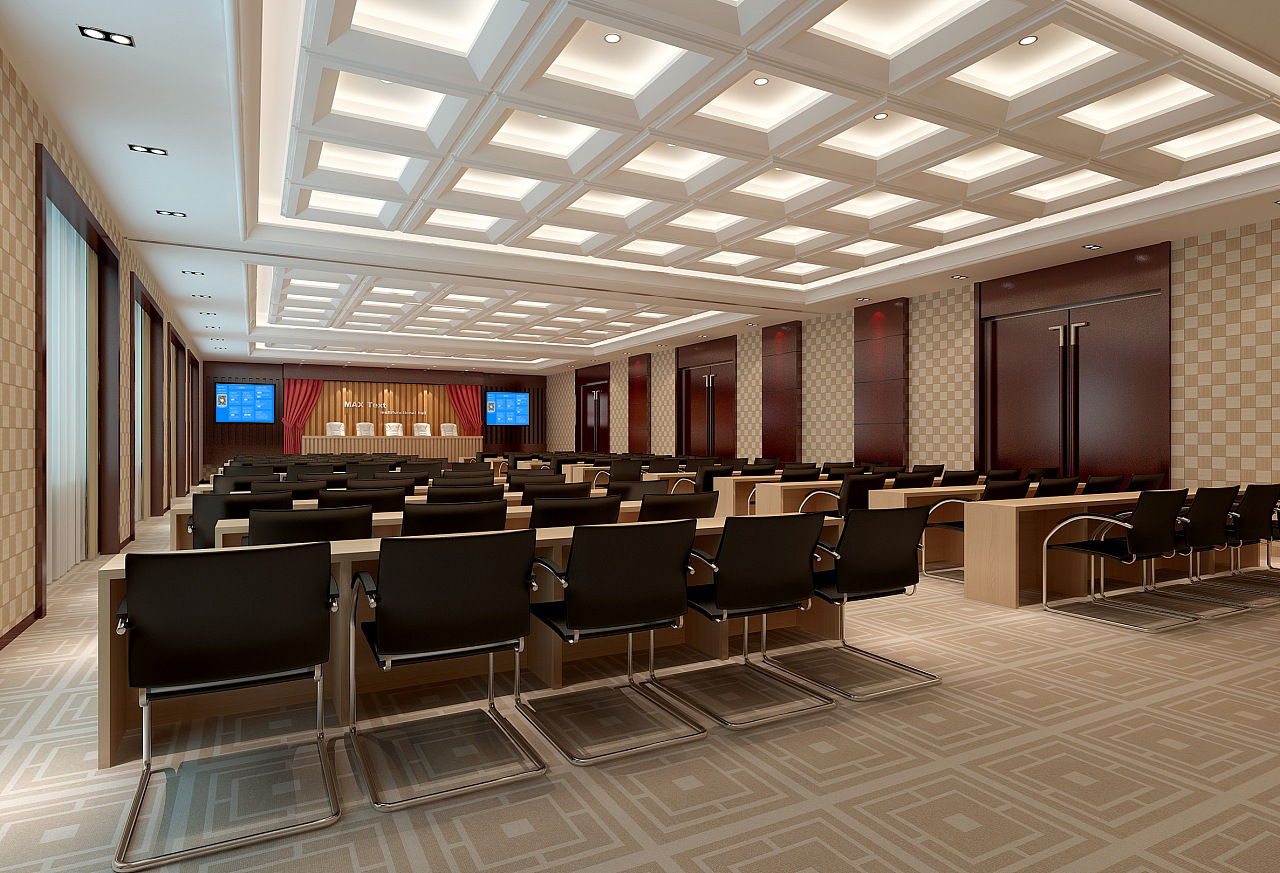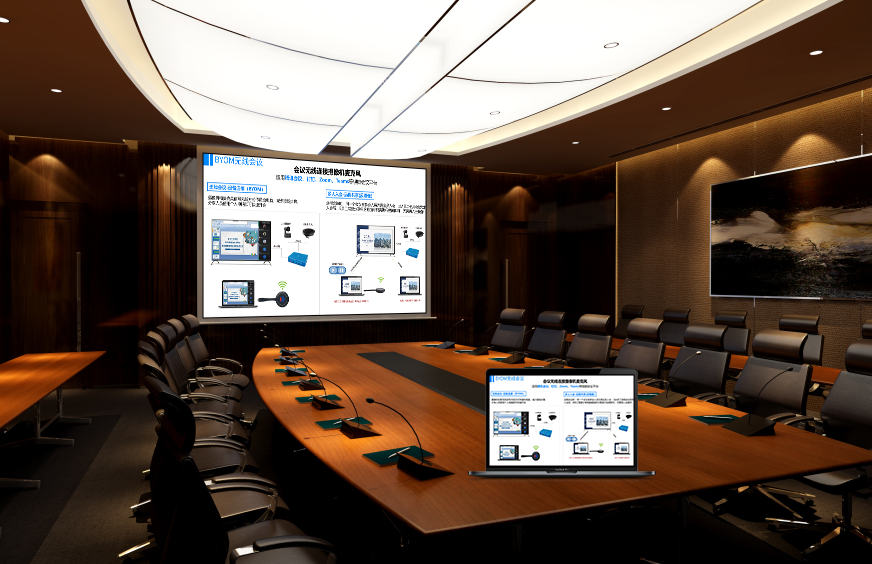DLNA: A Cross-Device Media Sharing Solution
The DLNA solution is built on the Digital Living Network Alliance standard and focuses on the wireless transfer of media content like audio, video, images, and documents across devices. It allows for precise content delivery without screen mirroring and is a lightweight and stable solution. It covers various scenarios, including home, office, education, and business, making media content transfer more efficient.
Universal Device Compatibility, Zero Connection Barriers
As a universal media sharing protocol, DLNA is deeply integrated into a variety of smart devices, so it’s ready to use out of the box with no need to install extra software:
- Sending Devices: Android/iOS phones, Windows/macOS computers, and tablets all support pushing local and cloud-based media files.
- Receiving Devices: It’s compatible with over 90% of mainstream smart TVs, projectors, meeting displays, and speakers.
- Connection Method: All devices must be connected to the same Wi-Fi network. The sending device will automatically search for nearby DLNA-enabled receivers. Just tap to push the content, and the connection will be completed in 3 seconds. There’s no need for a pairing password, so it’s easy for anyone to use.
Targeted Pushing Advantage, a More Efficient Experience
Unlike traditional screen mirroring, which duplicates the entire screen, DLNA uses a “targeted content pushing” mode that better fits the needs of media sharing:
- Multi-Format Compatibility: It supports video formats like MP4, AVI, and MKV, audio formats like MP3 and FLAC, and document formats like JPG, PNG, PDF, and PPT. All can be pushed directly without conversion.
- Clear and Stable Transmission: Videos support 1080P Full HD pushing, with smooth playback and no lagging. Documents are automatically adapted to the screen size, with clear text and a neat layout.
- Independent Background Operation: After pushing content, the sending device can be used freely for other functions. You can push a video from your phone to a TV and still use your phone to check messages or make calls. You can push a document from your computer to a large screen and continue working on other tasks. Multitasking is seamless.

Multi-Scenario Applications, Functions that Meet Needs
1. Home Entertainment: Sharing Warm Moments
- Large-Screen Viewing: You can push local or cloud-based movies and shows from your phone to your TV. It supports dragging the progress bar and adjusting playback speed, so you can enjoy an immersive experience from your sofa. At a family gathering, multiple people can take turns pushing videos and photos without fighting over a device.
- Music Linkage: You can push music from your phone to a sound system while also pushing the lyrics to the TV, creating a home karaoke atmosphere. A child can use a tablet to push an educational cartoon, and a parent can use their phone to remotely control playback, balancing companionship with guidance.
2. Office Meetings: Simplifying the Presentation Process
- Precise Document Pushing: You can directly push a presentation or an Excel report from your computer to a large meeting display, showing only the core content and preventing a desktop’s private information from being leaked. You can flip through the pages on your computer, so you’re free to walk around and present more flexibly.
- Instant Sharing: On-site photos taken with a phone or a short video recorded on the fly can be quickly pushed to a large display for the team to discuss, with no need to transfer them to a computer, which saves meeting time. When multiple people are giving a presentation, you can switch the sending device to seamlessly transition between content, making the meeting flow more smoothly.
3. Educational Aid: Enriching Classroom Formats
- Flexible Lesson Pushing: A teacher can use a computer to push a lesson to a large teaching display. They can also use a phone at any time to add supplementary images or lab videos without interrupting the flow of the lesson to switch devices.
- Student Work Display: Students can use a tablet to push their homework or drawings to a large display for the whole class to see clearly. The teacher can then annotate and edit on the spot, which makes the interaction more engaging. In outdoor studies, a phone can push on-site photos to a mobile projector, which makes the knowledge easier to understand when it’s combined with a real-life view.
4. Commercial Presentations: Flexible and Eye-Catching Promotions
- In-Store Promotion: A salesperson can use a phone to push a new product video or a promotional poster to an in-store display screen, allowing them to update the content at any time to align with the pace of a promotion. It supports timed loop pushing to automatically play promotional materials, which reduces manual operation.
- Exhibition Demos: You can use a tablet to push a product manual or a 3D demo video to a portable projector. There’s no need to carry heavy equipment, and you can communicate with customers up close during the presentation, which makes the display more professional.
Smart Management, Secure and Convenient
- Access Control: An administrator can set up a “sharing whitelist” from a backend, allowing only authorized devices to push content, which prevents unwanted interference.
- Status Monitoring: You can view the operational status of the receiver in real time (online status, content being pushed, and connection duration). It also supports remote restarting, which reduces maintenance costs.
- Data Statistics: It automatically records data like the number of pushes and frequently used file types, providing a basis for content optimization and device management.
Deployment is simple. You just need to connect the receiver to the Wi-Fi network and have the sending device on the same local area network. There’s no need to modify your existing equipment. Whether for media sharing, a meeting presentation, or a teaching aid, the DLNA solution can easily meet your needs for cross-device content transfer with its advantages of “precise pushing and simple operation.”